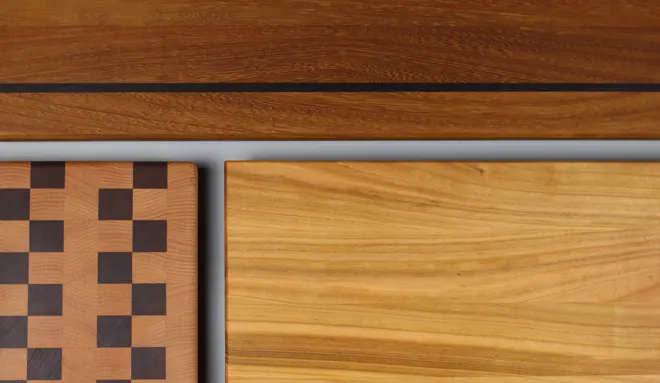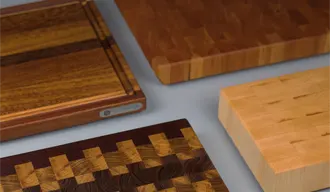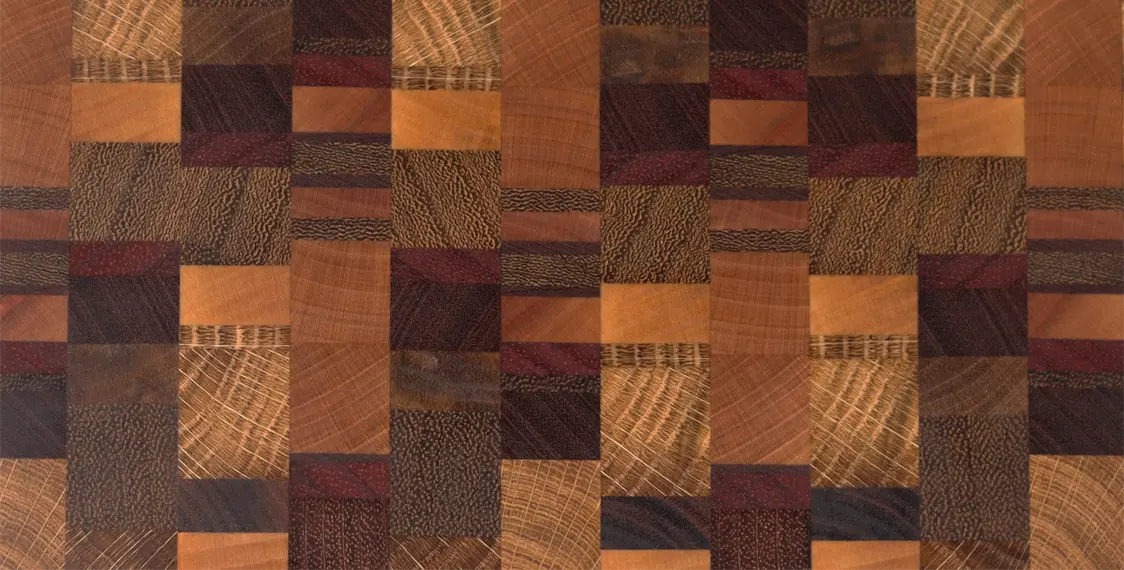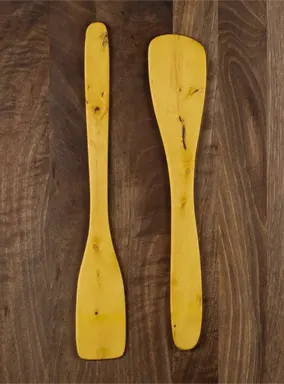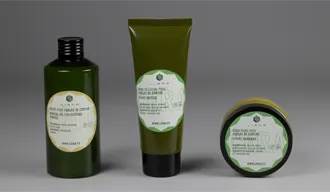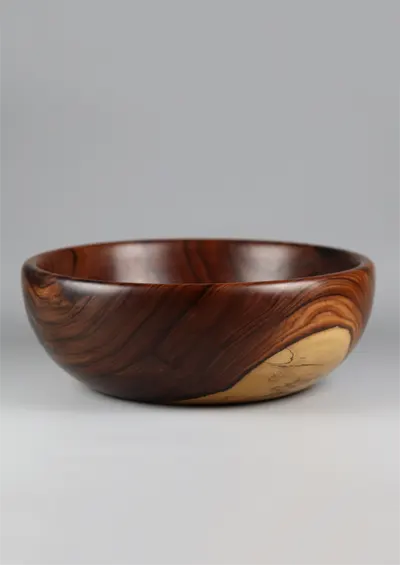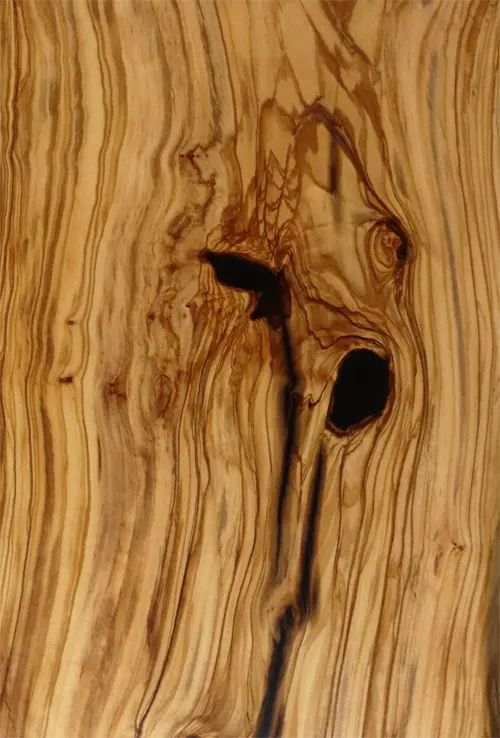Beech Wood: Uses and Characteristics
Beech wood is widely known for its versatility and affordability, being one of the most popular choices in carpentry and joinery.
With a balance between hardness and workability, beech is highly valued by both professional and amateur woodworkers.
In this article, we will explore its characteristics and the main uses of this type of wood.
What is Beechwood?
Beech wood comes from the Fagus sylvaticacommonly known as European beech. This tree is very common throughout Europe and is prized for its fast growth and availability.
Beech has a light color, ranging from creamy white to light pinkish brown, with a fine and uniform texture, giving it a clean and elegant appearance. In addition, its grain is straight, allowing it to be used in a multitude of contexts.
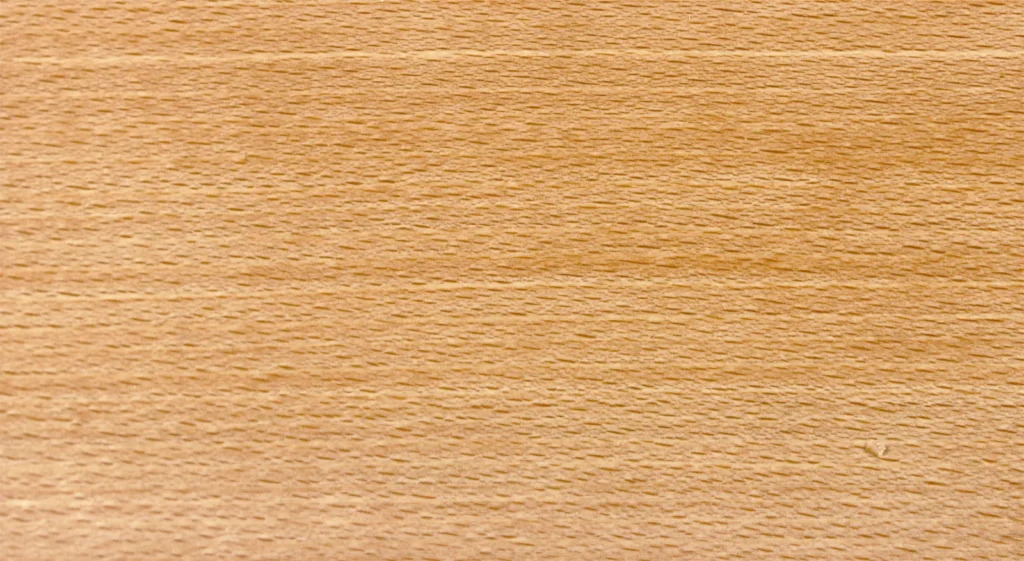
Properties of Beech Wood
Hardness and Resistance
Beech is a semi-hardwood with a density of around 720 kg/m³. Its hardness makes it suitable for projects requiring wear resistance, although it is not as hard as tropical woods such as wenge or oak.
Ease of Work
Despite its strength, beech is relatively easy to work. It cuts, sands and polishes well, resulting in smooth, precise finishes. This makes it ideal for detailed projects such as furniture and kitchenware.
Stability
Beech is moderately stable, which means that it tends to shrink or expand under changes in humidity, although less so than other softer woods. However, it requires good drying to avoid warping.
Finishes and Treatments
Due to its fine texture, beech wood responds well to varnishes, stains and other finishes, allowing it to customize its color and gloss. It is also compatible with the application of oils that protect the surface.
Technical characteristics of beech wood
| Property | Approximate value |
|---|---|
| Scientific name | Fagus sylvatica |
| Botanical family | Fagaceae |
| Colour | Pale cream to light pink, darkens with steam drying |
| Texture | Fine and uniform |
| Grain | Generally straight |
| Hardness (Janka) | 1,450 lbf (≈ 6.450 N) |
| Density | 680–720 kg/m³ |
| Natural durability | Low; little resistant to fungi and insects without treatment |
| Dimensional stability | Good; predictable behavior if well dried |
| Ease of work | Excellent; easy to cut, mill, turn, and steam bend |
| Surface finish | Very good; accepts varnishes, oils and lacquers evenly |
| Common uses | Furniture, chairs, moldings, toys, curved elements, boards, cabinetmaking |
Uses of Beech Wood
Furniture Manufacturing
One of the most common uses of beech wood is in furniture manufacturing. Because of its light color and even grain, beech is a popular choice for interior furniture, as it accepts colored stains well. In addition, its wear resistance makes it a good choice for furniture that requires long-term durability.
Cutting Boards and Kitchen Utensils made of beech wood
Beech is a common choice for the manufacture of cutting boards and kitchen utensils. Its low cost has made it a common choice. Although it has very low porosity due to its fine grain, its sensitivity to moisture makes it a contested wood for use in cutting boards.
Toys and Decorative Objects
Thanks to its ease of workability and finish, beech wood is commonly used in the manufacture of wooden toys and other decorative objects. Its safety for children’s products, due to its low toxicity, makes it a popular choice for toys and baby items.
Advantages and Considerations about Beech Wood
Advantages:
- Accessibility: Beech is an economical and widely available wood in Europe, making it an affordable option for a wide range of projects.
- Ease of work: It is relatively easy to work with.
- Neutral aesthetics: Its clear and uniform appearance makes it suitable for projects that require a clean look and adaptable to different styles. It accepts dyes and colors very well.
- Fine grain: Beech has a very fine grain, so it is less susceptible to absorbing liquids or odors.
Considerations:
- Moisture sensitivity: Beech wood is more susceptible to changes in moisture than other harder woods, so it is important to protect it with appropriate finishes and to keep cutting boards made from beech in a dry place.
- Limited outdoor use: Although durable, it is not ideal for outdoor applications due to its susceptibility to moisture and climatic changes, unless treated with special protective products.
Conclusion
Beech wood is a versatile and economical choice for a wide variety of projects, from furniture to kitchenware and toys. Its ease of work, combined with its clean, neutral appearance, makes it an excellent choice for both professional and amateur woodworkers.
However, it’s important to consider its limitations in terms of moisture resistance and dimensional stability, and adapt it to interior projects to maximize its durability and beauty.
FAQ – Frequently asked questions about beech wood
What is beech wood and where does it come from?
Beech wood comes from the Fagus sylvatica tree, a species native to Europe, especially abundant in forests in central and southern Europe. It is one of the most widely used woods in carpentry due to its versatility and excellent mechanical properties.
What does beech wood look like?
Its natural color is light cream or soft pink. After steam drying, it can acquire darker shades. It has a fine texture and a uniform, straight grain, giving it a smooth and elegant finish.
How hard and durable is beech wood?
Beech has a Janka hardness of about 1,450 lbf, making it moderately hard. It’s resistant to indoor use but isn’t particularly durable outdoors without treatment. Its medium-high density gives it good wear resistance.
Is it an easy wood to work with?
Yes. It’s one of the easiest woods to machine. It cuts, sands, turns, and drills with great ease. It also steam bends very well, making it ideal for molded pieces like chair backs.
Can beech wood be used outdoors?
It is not recommended for outdoor use unless it has been previously treated, as its natural resistance to mold and moisture is low. Untreated, it is more suitable for indoor use.
What finishes does beech wood accept?
It handles varnishes, waxes, oils, and lacquers excellently, thanks to its uniform texture and controlled porosity. The results are smooth and even, making it ideal for fine finishes.
What is beech wood used for?
It is mainly used in furniture (especially chairs and tables), interior flooring, moldings, wooden toys, kitchen utensils, stairs, and in the manufacture of laminated boards and plywood.
Is beech wood sustainable?
Yes, it’s a wood abundant in Europe and is sustainably managed in most producing countries. Its use is regulated, and it’s common to find it with FSC or PEFC certification.
Does beech warp easily?
No, as long as it’s dried properly. Once stabilized, its performance is very good and predictable. However, if exposed to sudden changes in humidity without protection, it may shift or crack.
What differentiates beech wood from other similar woods?
Unlike woods like maple or ash, beech has a warmer color and a finer grain. It’s easier to bend, but less durable outdoors. Its cost is average, and its versatility is very high.
Otras entradas del blog

Redwoods: Complete Guide
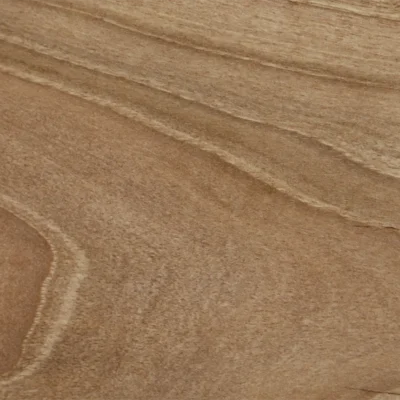
Walnut Wood: Uses and Characteristics
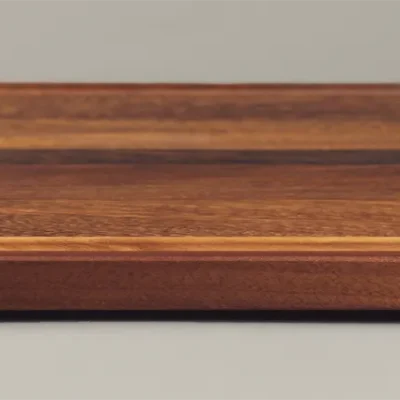
Barbecue boards, what to take into account
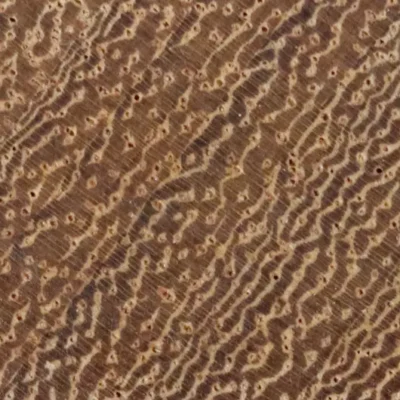
What are tropical woods?
Nuestras tablas de cortar:
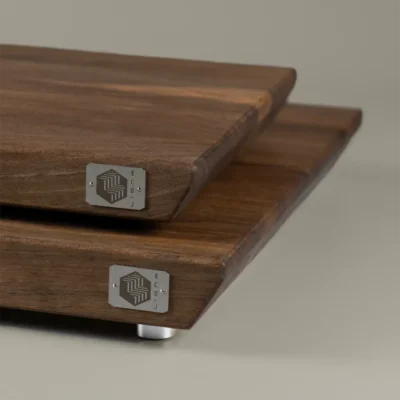
Linea
Walnut Walnut cutting board
Linea
WalnutWalnut cutting board

ARGILLA
long charcuterie board

Summer endgrain Cutting Board
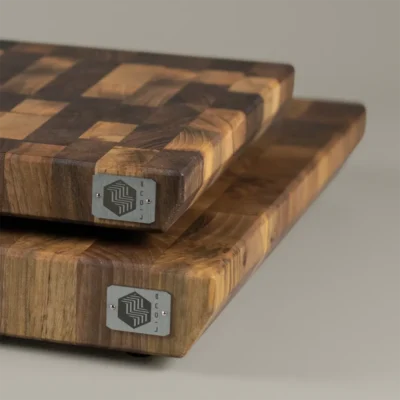
Pura
Walnut walnut butcher block
Pura
Walnutwalnut butcher block
